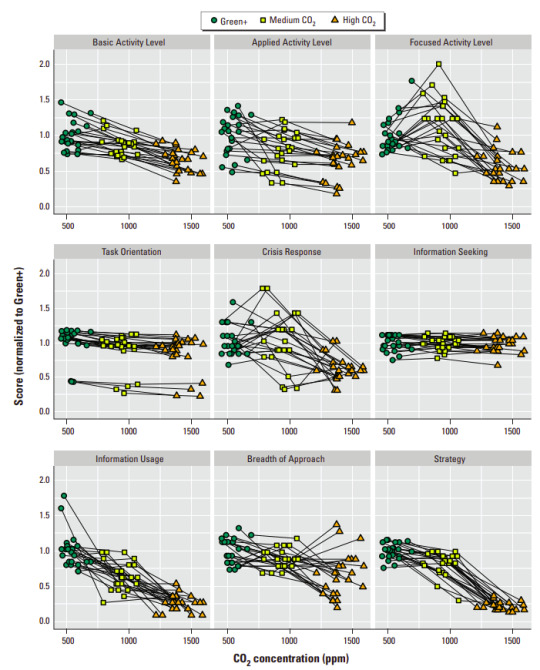#there were 3000 people at that convention and you were the only one i'd risk dying next to
Explore tagged Tumblr posts
Text
i really truly think wilson taking the risk of doing chemo in an apartment because he'd rather potentially die in an old, probably not exactly sanitary place that homes a druggy cripple next to house instead of a clean an efficient hospital sorrounded by stranger medical professionals is something that is very poetic to me. in a way. and i like to think on it often
#there were 3000 people at that convention and you were the only one i'd risk dying next to#because i hate you#and i have nothing else#like bro#house md#gregory house#james wilson#hilson#v1co
235 notes
·
View notes
Text
Aranet4 review: I love it
When the world first began to open up post-pandemic, lots of friends at conferences brought along the Aranet4, which is a CO2 monitor.
This is it, for scale, it's about as big as a table coaster:

The idea was that a CO2 monitor is a good proxy for whether you're at risk of Covid contagion. If there's lots of CO2 in the air, it means you're likely in a poorly ventilated place and your risk of infection goes up exponentially.
I was never particularly COVID19 paranoid (but never got it either!), so I didn't buy the CO2 sensor until a few weeks ago.
Now I'd probably say that the aranet4 is my best purchase for $150 in awhile.
What if CO2 makes you dumber, not just at risk for sickness?
Aranet points to a 2015 study by academics at Harvard, SUNY-Upstate, and Syracuse University showing significant cognitive decline with elevated CO2 levels.
This graphic is from Aranet:

Digging into the details: the methodology is that they took 24 workers over a 6 day period and tracked how they did using standardized computer tests. 3 of those days were at ~500 ppm, 2 days were at ~1000ppm, and one day was at ~1400ppm.
Here is a screenshot in the study of the visualization of those days (Green+=500, Green=1000, Conventional=1400)

Or if you want more detail:

Interesting to see the raw data and note how higher CO2 affects specific things more than others.
Having read through the study, I think Aranet's description of "1000-1400 ppm brain cognitive function decreases by 15%" is not particularly well supported in terms of science, but in terms of a marketing claim it is...well, reasonable. Sometimes you gotta extrapolate.
===
C02 levels are roughly determined by amount of space, number of people and ventilation.
So what have I learned and why do I like the aranet4?
Open a window in the car.
Our family vehicle is a fullsize SUV, so it's a bit bigger than a compact car or a sedan. It doesn't matter, you could drive a Suburban and you still need to circulate air if the whole family is in the car.
I'm convinced that much of the kids arguments can be traced to high CO2 levels, because it only takes 5 minutes until you're at ~1400 if you have the windows closed. If you're on a long drive, you can get up to quite high levels.
How many times do you remember someone saying "it's time for some fresh air" and opening a window when you were a kid? And then usually the situation calmed down?
CO2 levels even get elevated after 15 minutes with just 2 people.
Open a window now and then. Refresh the air. It doesn't take much to change your air quality.
2. Gas range on = high CO2 in the whole house
As I'm writing this, the monitor spiked from below 1000 to 1350. My wife turned the gas range on, and my monitor picked it up even though I wasn't particularly close to the kitchen.
3. Lots of people = over 1000. Lots of people and poor ventilation = 3000.
As the graphic above indicates, outside you're generally in the 450-500 range. As soon as you go inside in most modern buildings, you're talking 800-1000, even if you're more or less by yourself.
If there's lots of people and indoors, you're over 1000, even if it's a massive meeting hall with huge vaulted ceilings.

This was ~40 minutes into a ~40 person meeting in a ~1000 sq ft room.
4. It takes a long time for all the rooms in my house take to reach an equilibrium measurement after I leave a window open.
I don't know anything about fluid dynamics apparently, but I figured it would happen relatively quickly. It doesn't. The room with the open window changes quite fast, but other rooms take a long time.
I've had a lot of fun in my few weeks with this CO2 monitor, running small-scale experiments (hey, what if I turn the bathroom fan on and leave the CO2 monitor two rooms away?). I feel like I've learned some important lessons and awareness that will stick with me, even if I lost the monitor tomorrow.
Easily worth the $150 for me, if I make better decisions as a result of having fresher air, then it will be an incredible return on investment.
0 notes